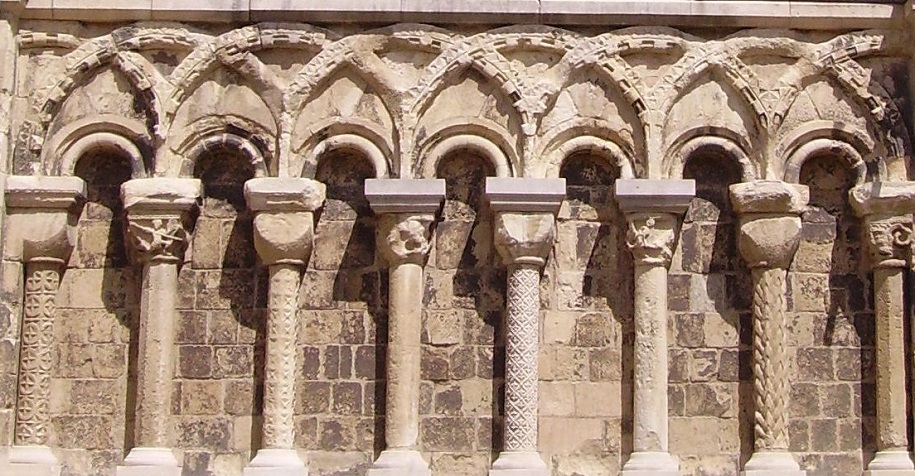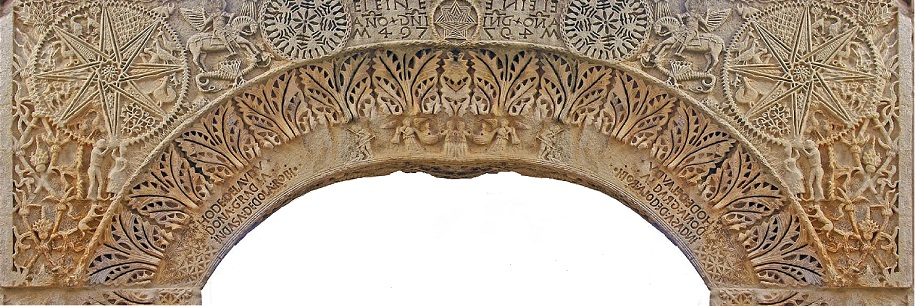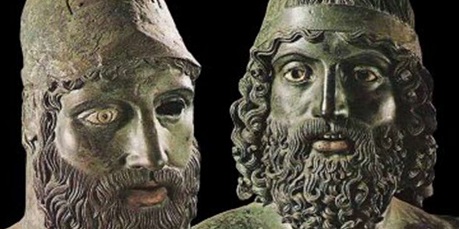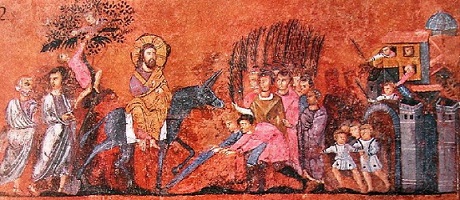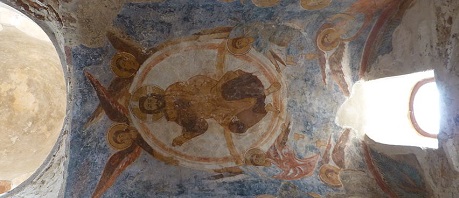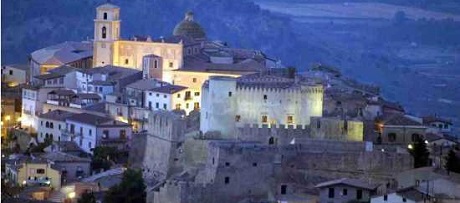
|
||||||||||
Understanding southern architecture
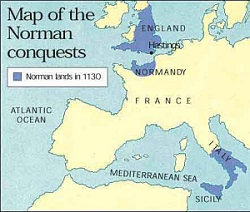 The Romanesque style of Southern Italy owes much to the Normans, who in the 11th century brought from France both forms and style in architecture and sculpture. The Romanesque style of Southern Italy owes much to the Normans, who in the 11th century brought from France both forms and style in architecture and sculpture. (The Normans were the people who in the 10th and 11th centuries gave their name to Normandy, a region in France.
Their dynasty had a major political, cultural and military impact on medieval Europe). Example of Byzantine and Romanesque influence .
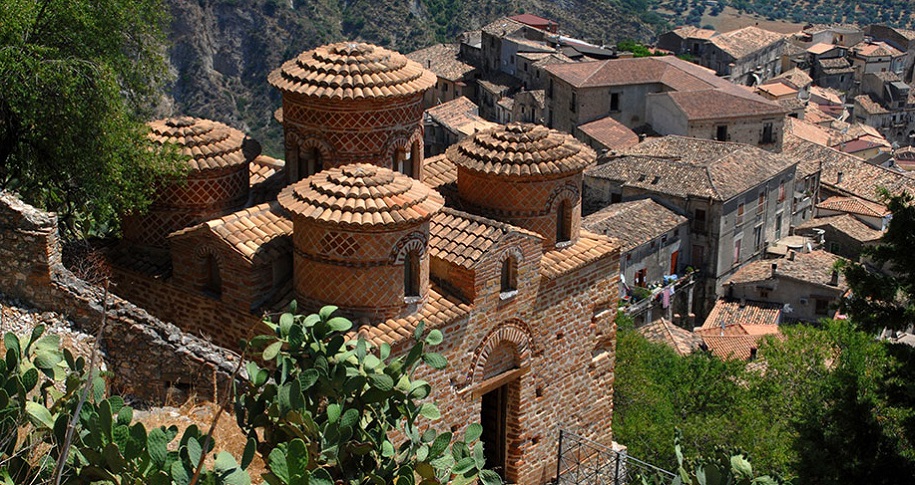 The Byzantine Empire, also referred to as the Eastern Roman Empire, was the continuation of the Roman Empire in the East during Late Antiquity and the Middle Ages, when its capital city was Constantinople (modern-day Istanbul, originally founded as Byzantium). During most of its existence, the empire was the most powerful economic, cultural, and military force in Europe. 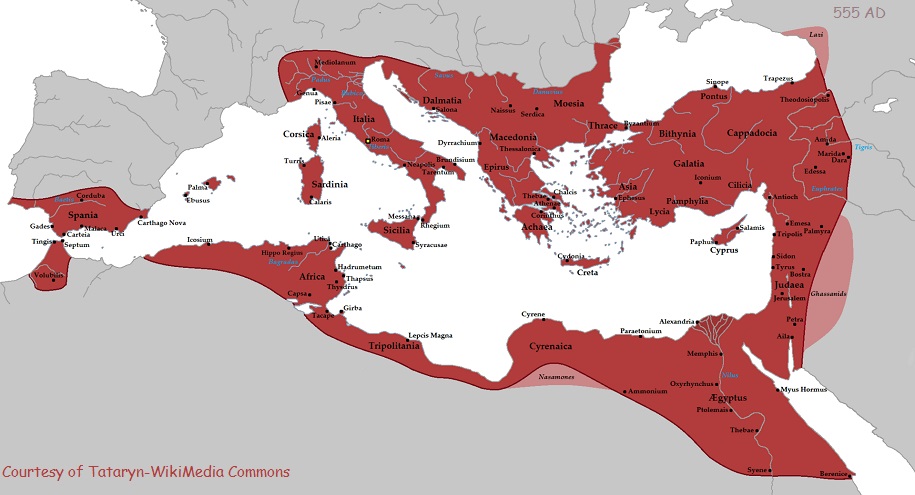 The best place to admire Southern Architecture is in the regions of Campania, Puglia and Sicily.
Architecture in Sicily is characterized by strong traditional Islamic motifs and a love for rich color, pattern and ornamentation. These elements surface later in Sicily's Baroque's style, originated by the architecture Baroque dynamism of Rome.
Sicily
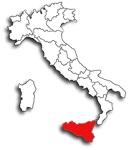 The Cathedral-Basilica of Cefalu' in Sicily, dates back to 1131, the island of Sicily having been conquered by the Normans in 1091. The fortress-like character of the building, which, seen from a distance, rises as a huge bulk above its medieval town. It also made a powerful statement of the Norman presence. Its front massive towers exhibits the northern Romanesque features. 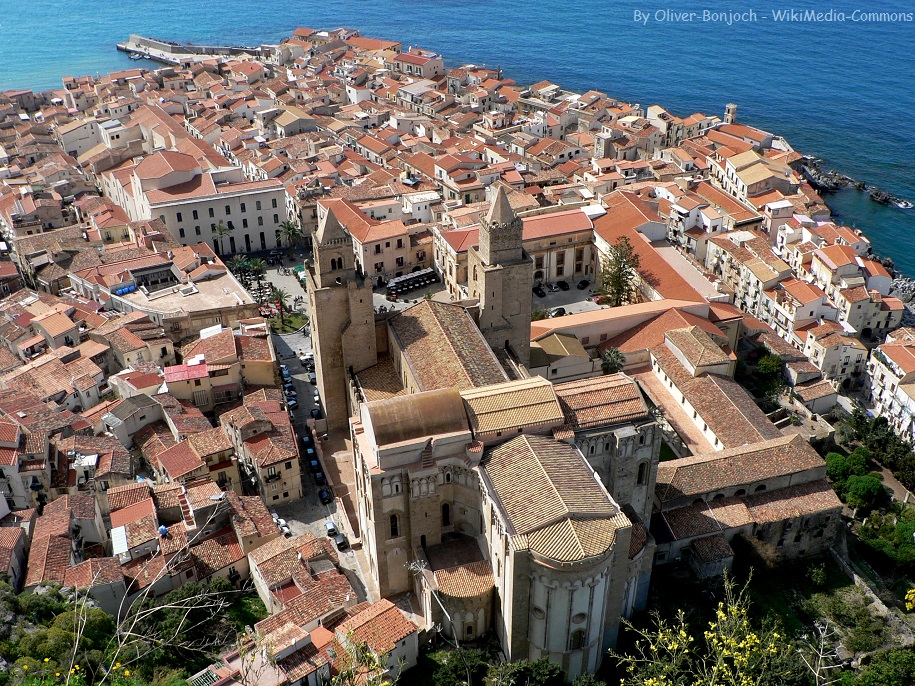 The interior of the cathedral is on the Latin cross plan, divided into a nave and two aisles by arcades of antique columns: fourteen in pink granite and two in cipolin. The bases and capitals are from the 2nd century AD. Two large capitals supporting the triumphal arch of the nave were probably made by an Apulian workshop in the mid-12th century.
It was probably planned that the entire church should be decorated in mosaic, but it was only completed in the presbyterium area. It still covers the apse and some half of the side walls. The technique of mosaic was imported from Constantinople adapting the traditional Byzantine decorative art to an architectural structure that was of Northern European origin. 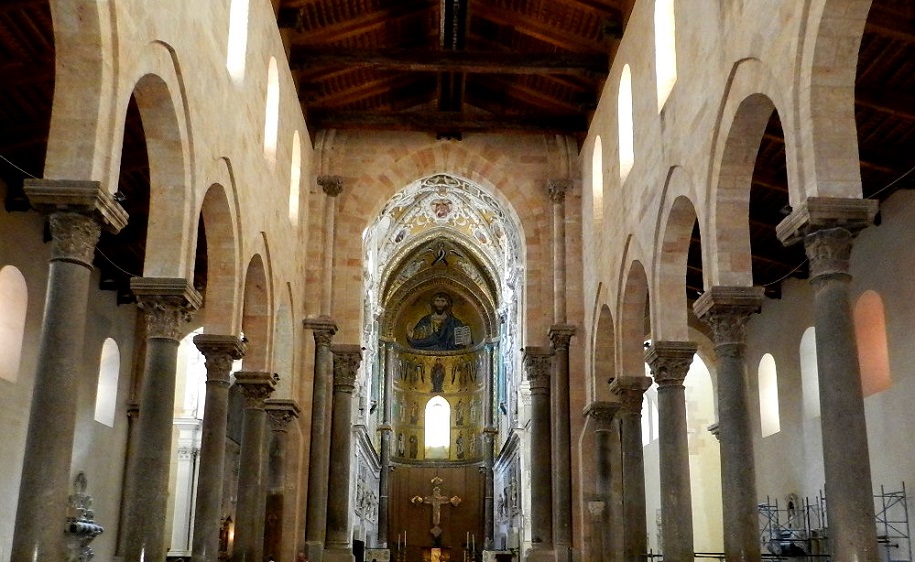 Adorning the Byzantine apse is the bust of the Christ Pantokrator, portrayed with a hand raised in Benediction. In his left hand he carries the Gospel of John, in which can be read, in Greek and Latin: "I am the light of the world, who follows me will not wander in the darkness but will have the light of life". The Christ is clothed in blue, given a great luminosity by the background of gold tiles. The work is of the highest order, having great elegance in the draping of the robes and sensitivity in the faces and gestures. It is considered the finest Byzantine mosaic in Italy and comparable to other fine late Byzantine work from Constantinople.
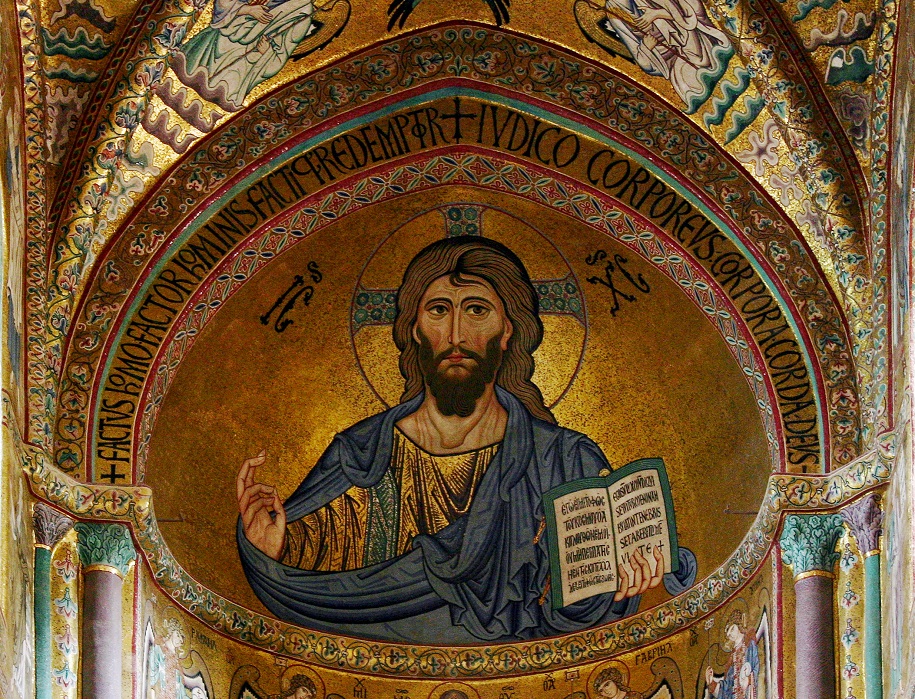 The cathedral of Monreale, also in Sicily, is one of the greatest extant examples of Norman architecture in the world. It was begun in 1174 by William II, and in 1182 the church, dedicated to the Assumption of the Virgin Mary, was, by a bull of Pope Lucius III, elevated to the rank of a metropolitan cathedral. The church is a national monument of Italy and one of the most important attractions of Sicily.
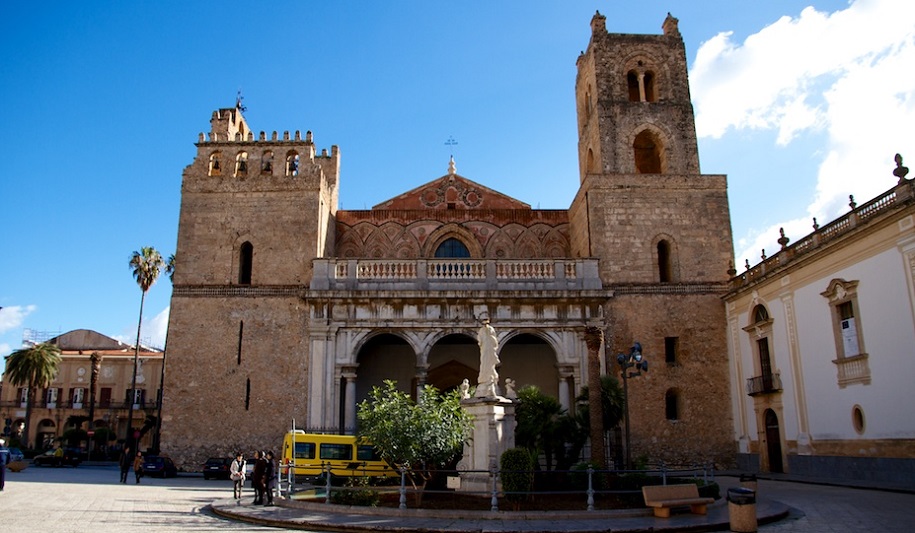 The outsides of the principal doorways and their pointed arches are magnificently enriched with carving and coloured inlay, a curious combination of three styles - Norman-French, Byzantine and Arab. 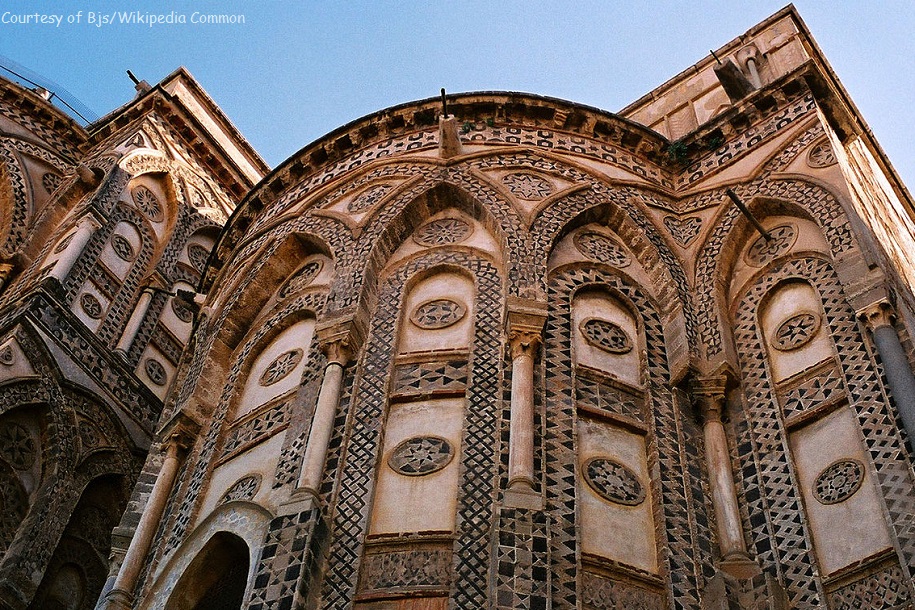 The church's plan is a mixture of Eastern Rite and Roman Catholic arrangement. The nave is like an Italian basilica, while the large triple-apsed choir is like one of the early three-apsed churches, of which so many examples still exist in Syria and other Oriental countries. It is, in fact, like two quite different churches put together endwise. The basilican nave is wide, with narrow aisles.
Monolithic columns of grey oriental granite (except one, which is of cipolin marble), on each side support eight pointed arches much stilted. The capitals of these (mainly Corinthian) are also of the classical period. 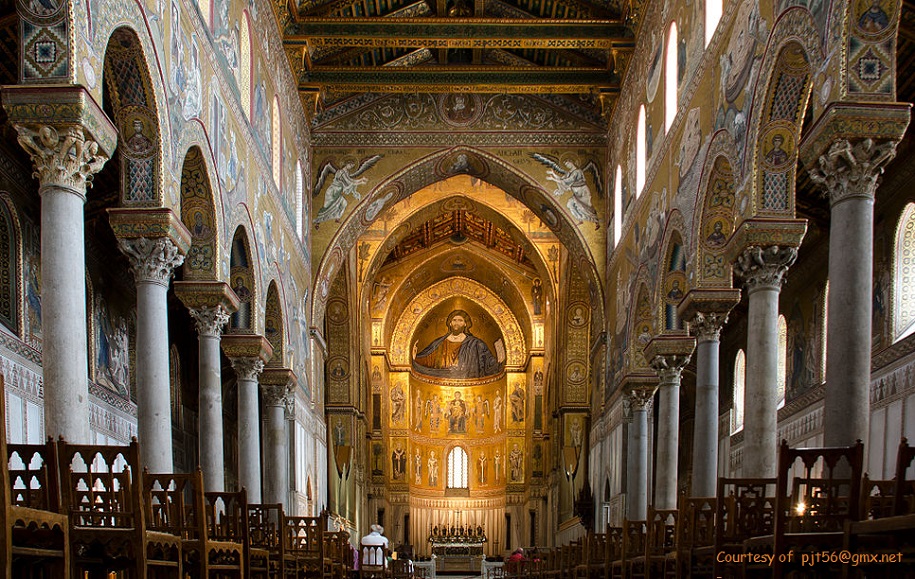 The half dome of the central apse has a colossal half-length figure of Christ, with a seated Virgin and Child below; the other apses have full-length figures of St Peter and St Paul. Inscriptions on each picture explain the subject or saint represented; these are in Latin, except some few which are in Greek. The subjects in the nave begin with scenes from the Book of Genesis, illustrating the Old Testament types of Christ and His scheme of redemption, with figures of those who prophesied and prepared for His coming.
Around the lower tier and the choir are subjects from the New Testament, chiefly representing Christ's miracles and suffering, with apostles, evangelists and other saints. The design, execution and choice of subjects all appear to be of Byzantine origin, the subjects being selected from the Menologion of Basil II drawn up by the emperor Basil II in the 10th century. 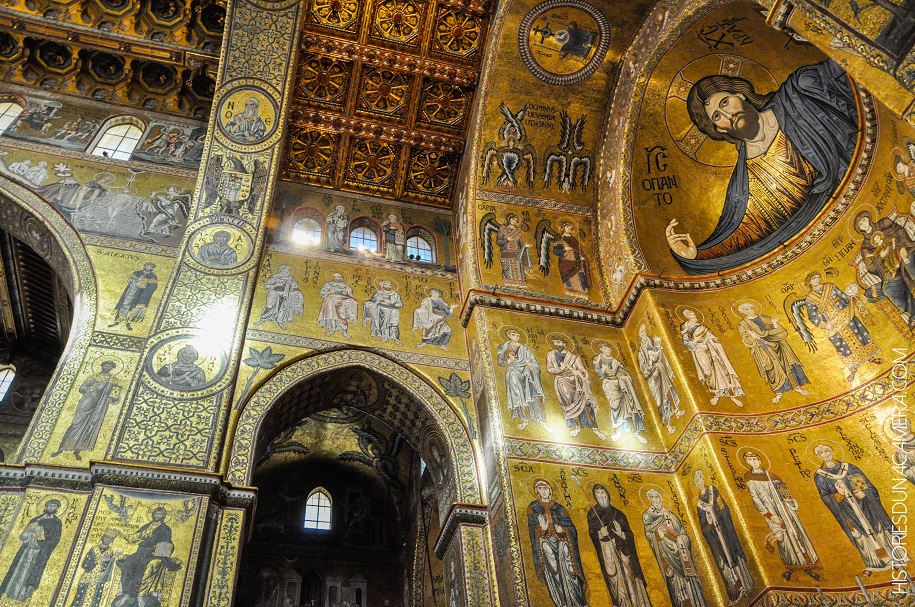 It is, however, the large extent (6,500 m2) of the impressive glass mosaics covering the interior which make this church so splendid.
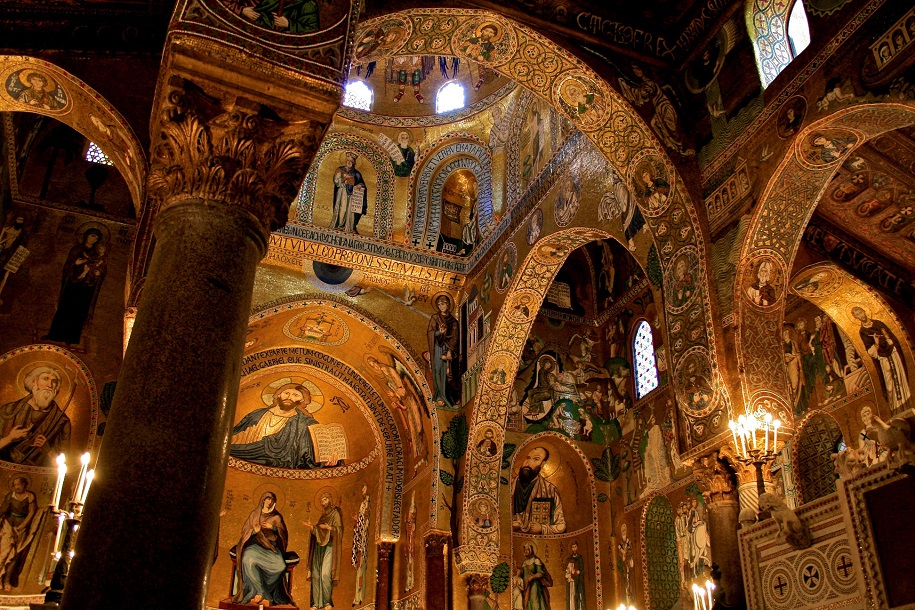 With the exception of a high dado, made of marble slabs with bands of mosaic between them, the whole interior surface of the walls, including soffits and jambs of all the arches, is covered with minute mosaic-pictures in bright colors on a gold ground. The mosaic pictures are arranged in tiers, divided by horizontal and vertical bands. In parts of the choir there are five of these tiers of subjects or single figures one above another.
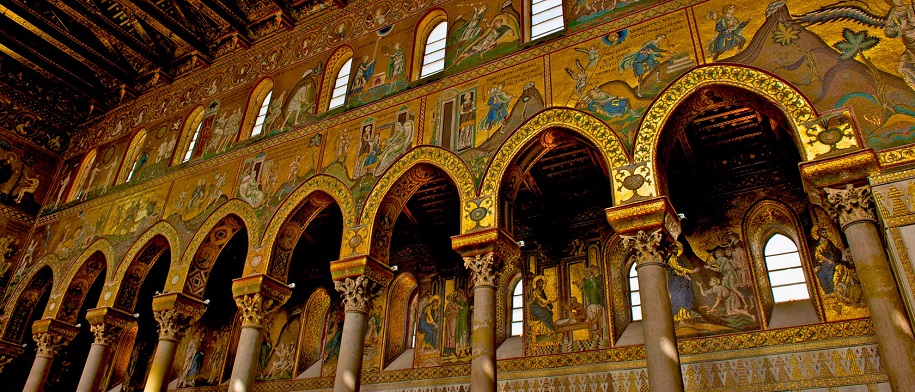 The Cathedral of Syracuse raises on the site of an ancient temple known as the Greek Temple of Athena, dating back to the 5 th century BC. The temple was a Doric edifice with six columns on the short sides and 14 on the long sides. The present cathedral was constructed by Saint Bishop Zosimo of Syracuse in the 7th century. The battered Doric columns of the original temple were incorporated in the walls of the current church. They can be seen inside and out. 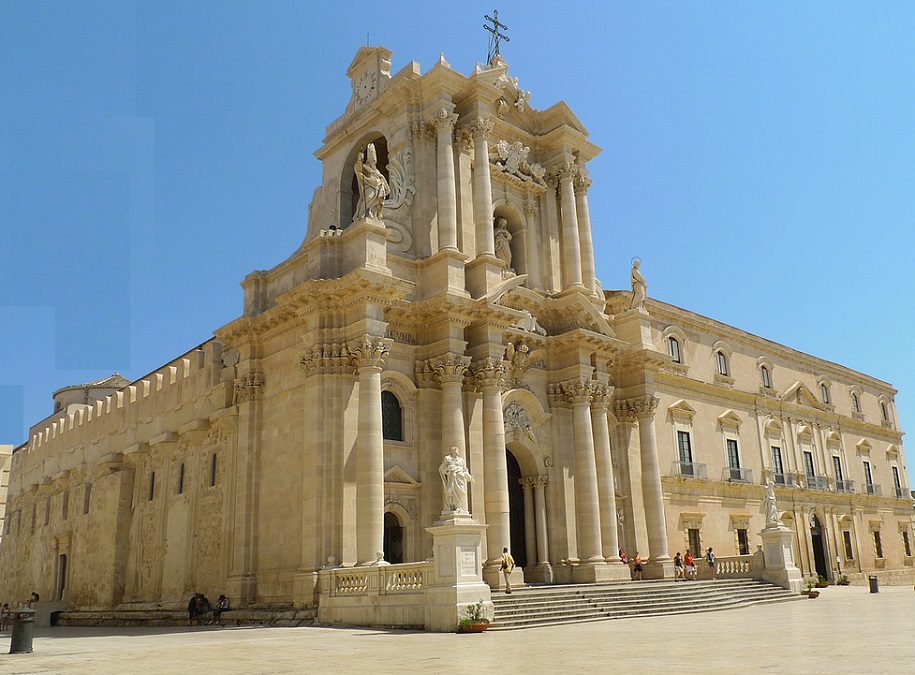 The interior of the church, a nave and two aisles, combine rustic walls and Baroque details. The cathedral holds a number of relics of St. Lucy, the patroness of the city: a number of bone fragments, a robe, a veil, and a pair of shoes. 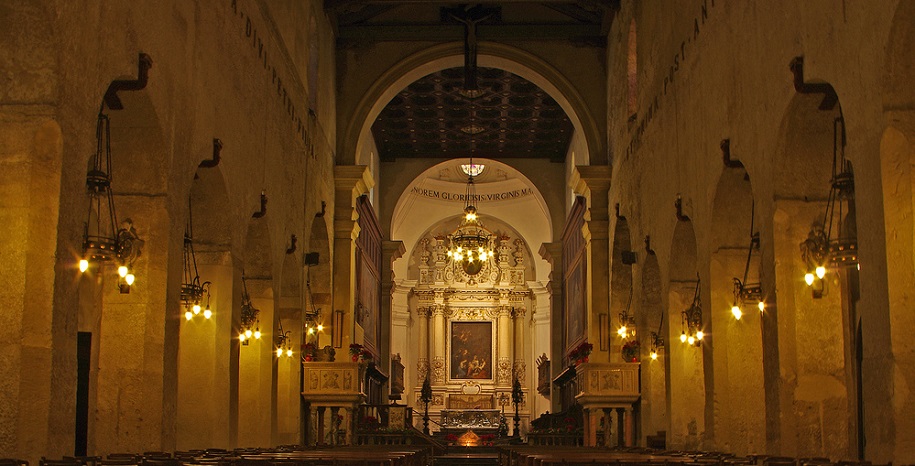 The baroque St. George is Ragusa's main place of Catholic worship one of the city's most important monuments. The first stone was laid on June 28, 1739 but construction was delayed until 1744. On October 5, 1775, the "ascent" of the bells, concluded work on the facade.
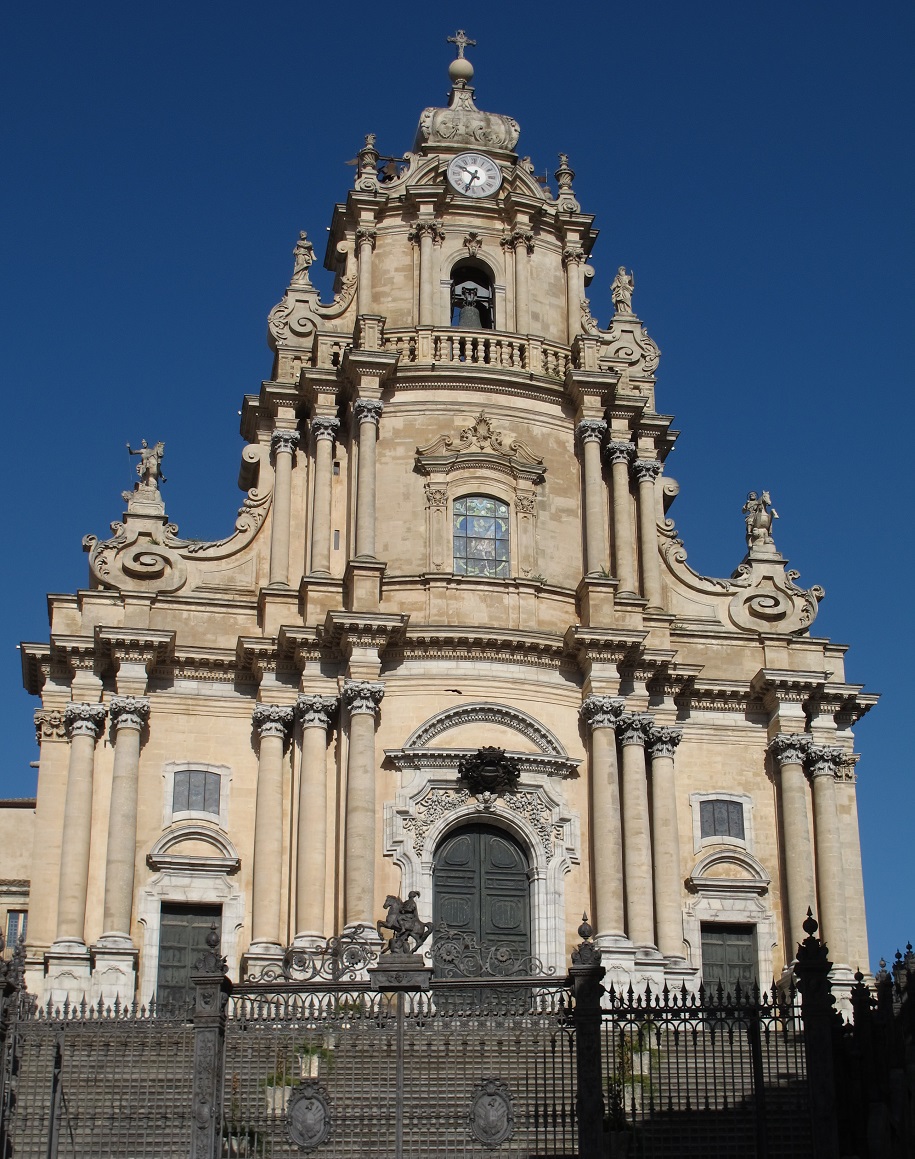 The interior is divided into three naves. The carvings that decorate the cornice and the capitals of the pillars were built between 1779 and 1781 by the sculptors Giambattista Muccio and Giorgio Nobile di Ragusa.
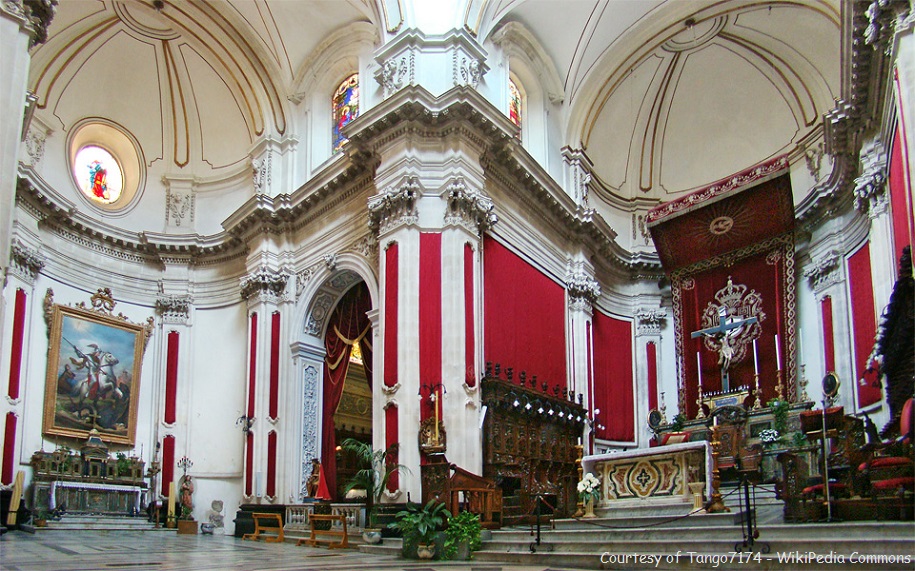 Campania 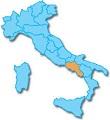 Vivacious in Sicily, sophisticated in Naples where it displays a much greater interest in the use of space, probably because the lack of real estate to build new monuments forced the Neapolitans to make better use of the existing one. The Baroque style of the of the South is epitomized by the villas, palaces and churches of Naples . The Baroque church of San Paolo Maggiore in Naples, ( image belo) was built upon the ruins of the 1st-century temple of the Dioscuri. The church erected in the 8th-9th century was dedicated to St. Paul to celebrate a victory in 574 of the Duchy of Naples against pillaging Saracens. 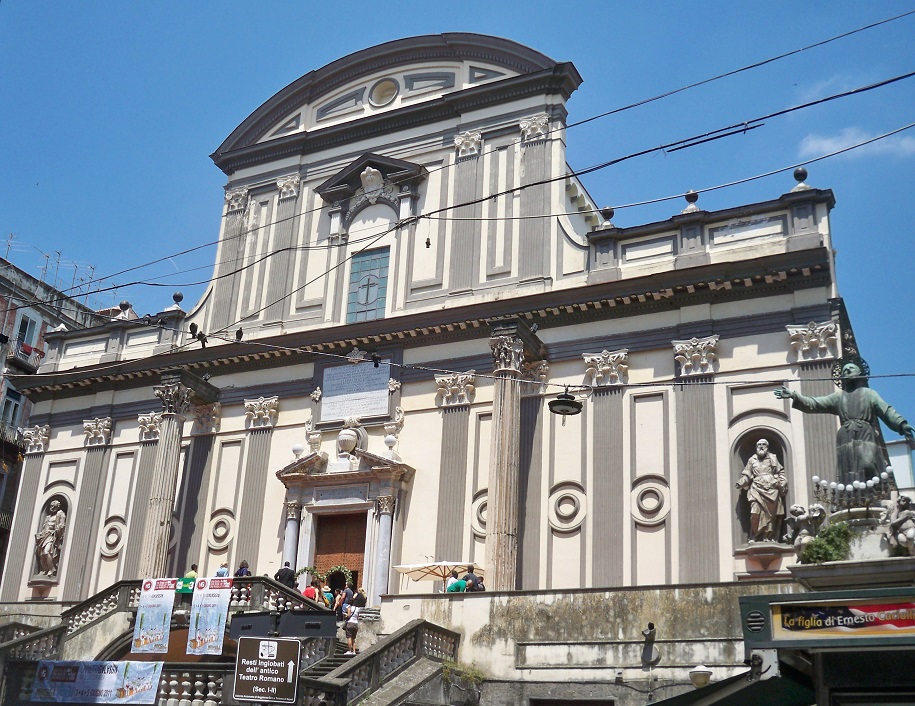 The interior is on the Latin cross plan. Notable, especially for their marble decorations, are the Chapels of Firrao di Sant'Agata and the Madonna della Purità, both dating from the 17th centuries. The main altar was sculpted in 1775-1776 to a design by Ferdinando Fuga. 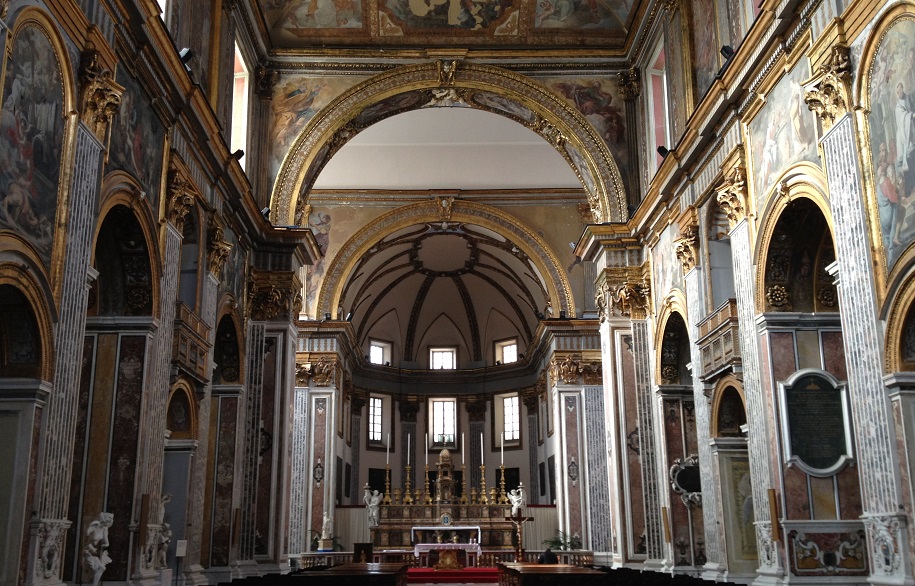 The church was notably embellished by Massimo Stanzione who painted the nave ceiling with a series of canvases depicting events in the life of St Paul. The decoration continued in the 18th century with, among others, Domenico Antonio Vaccaro and Francesco Solimena, who re-used marble elements from the ancient edifice for the new pavement and the pilasters of the nave.
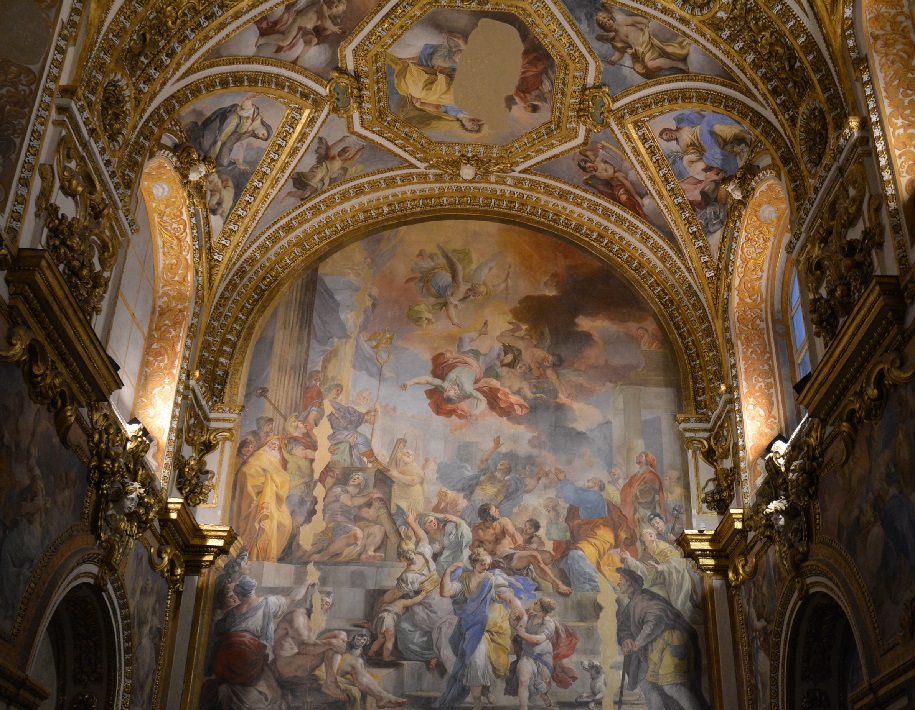 The church was severely damaged by an Allied bombing in 1943, which caused the nearly total destruction of Massimo Stanzione's frescoes.
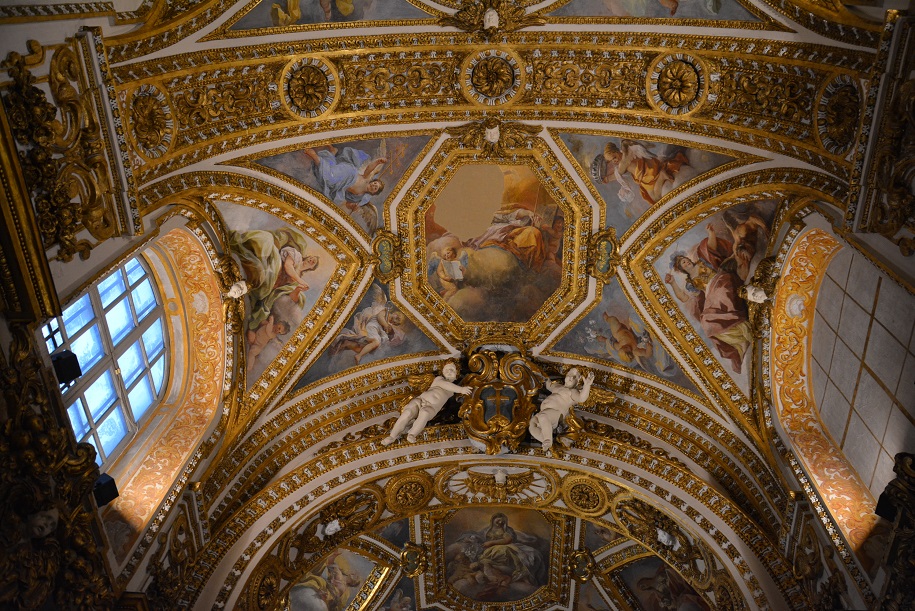 The Theatre of Caserta's Royal Palace. The Theatre at the Court of Caserta was inspired by the revolutionary Theatre of San Carlo in Naples. It was one of the very first theater with a horseshoe shape, which allowed a better acoustics and visibility.
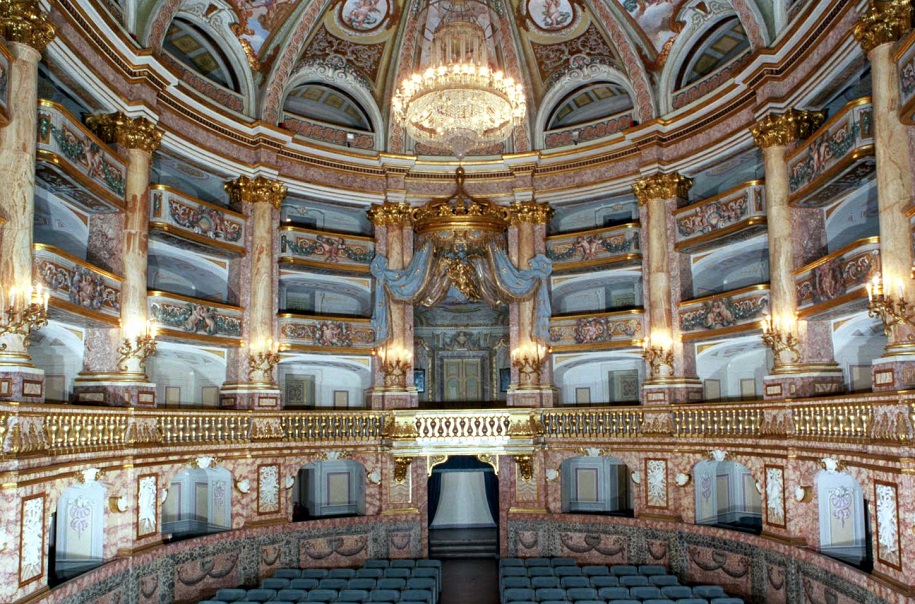 The Court Theatre was much used by the rulers to review in private all shows of the Neapolitan theater. Its construction began in 1756, three years after the start of work for the Royal Palace. 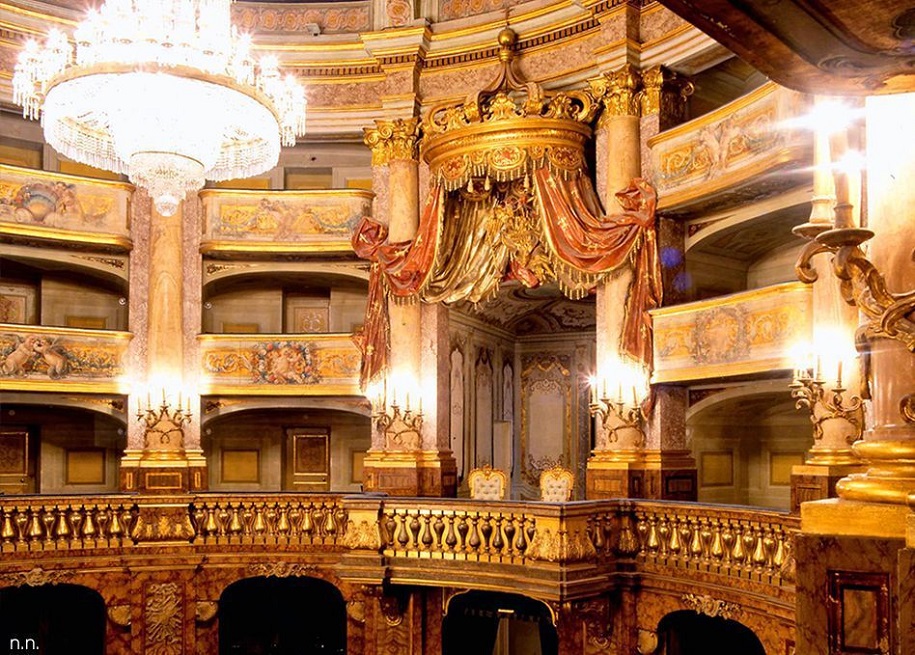 The decorating process took much longer than expected, because the architect was simultaneously overseeing the construction of the Palace of Caserta, the Aqueduct Carolino and other buildings in Milan and Benevento.
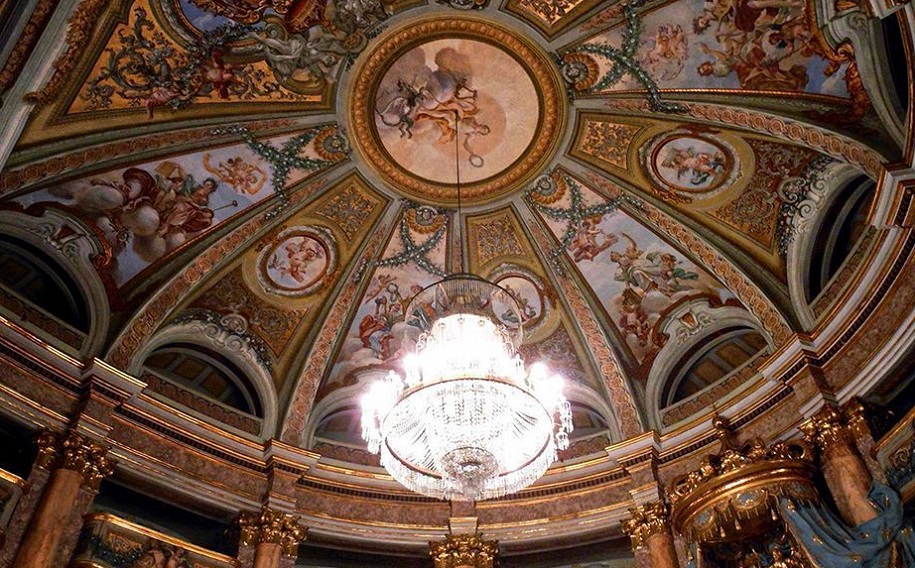 Theatre vanvitelliano had evidently an even late Baroque style, although at that time it was already turned on the cultural debate on the rooms for the show by the Italian and French Enlightenment. It was completed in 1768 and inaugurated in the carnival of 1769 by the young royal couple, Ferdinand and Maria Carolina, in the presence of all the Neapolitan nobility, and until 1798, he saw a dense calendar of events of commitments, which went from dance parties, theatrical and musical performances. 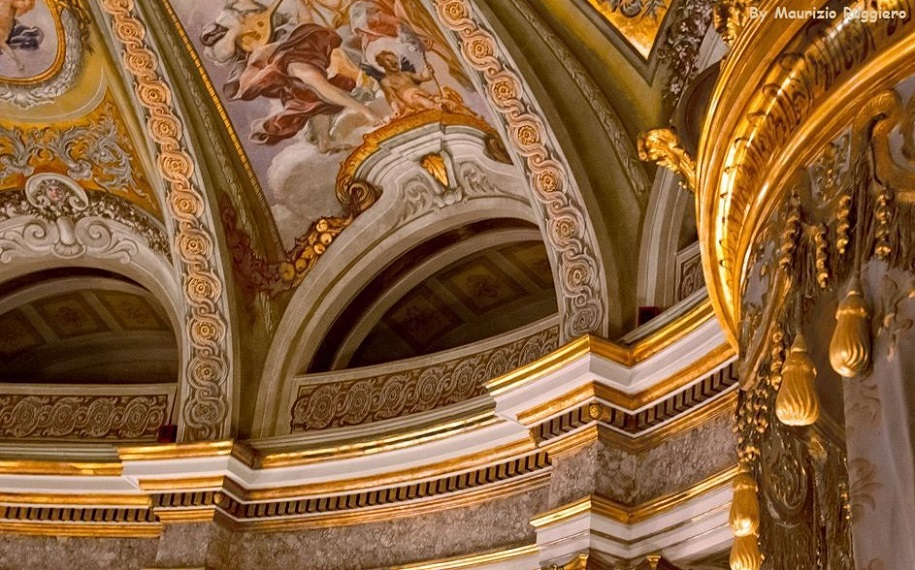 The Cathedral of San Gennaro - Naples.
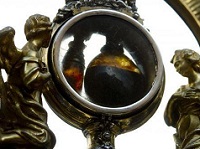
The present cathedral was commissioned by King Charles I of Anjou. Construction continued during the reign of his successor,
Charles II (1285-1309) and was completed in the early 14th century under Robert of Anjou. The church houses a vial of the blood of Saint Januarius which is brought out twice a year, on the first Saturday in May and on 19 September, when the dried blood usually liquefies. If the blood fails to liquefy, then legend has it that disaster will befall Naples.
The blood of Saint Januarius is stored in two hermetically sealed small ampoules, held since the 17th century in a silver reliquary between two round glass plates. The smaller ampoule (of cylindrical shape) contains only a few reddish spots on its walls, the bulk having allegedly been removed and taken to Spain by Charles III. The larger ampoule, with capacity of about 60 ml and almond-shaped, is about 60% filled with a dark reddish substance. Separate reliquaries hold bone fragments believed to belong to the saint. 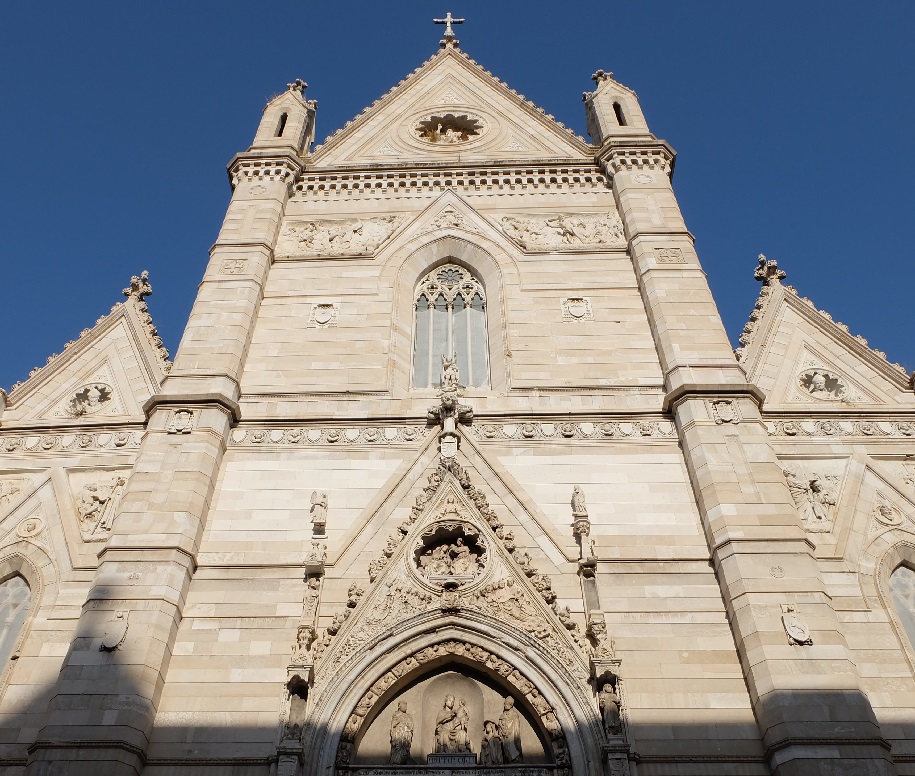 The façade was reworked by Enrico Alvino in the late 19th century, but retains the 15th century portal, including some sculptures by Tino da Camaino.
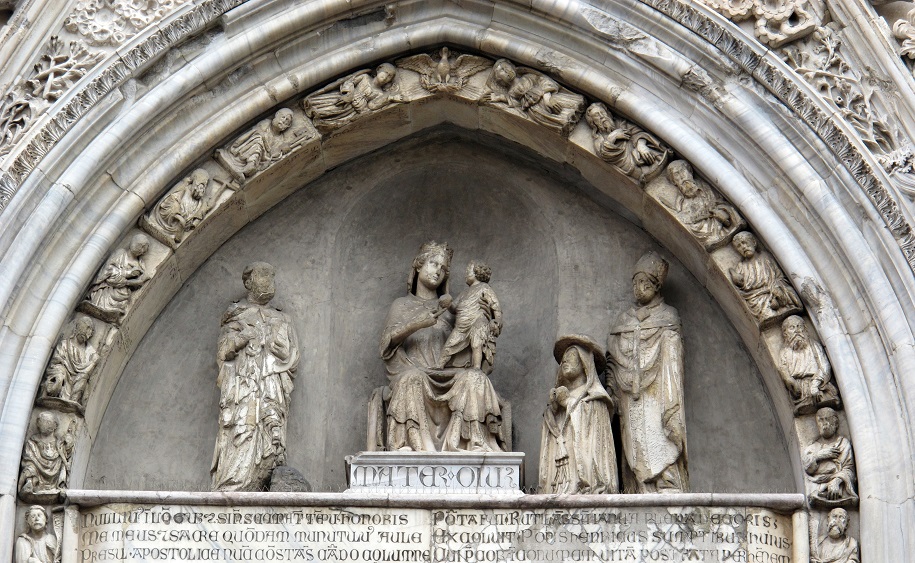 The Cathedral was built on the foundations of two palaeo-Christian basilicas, whose traces can still be clearly seen. Underneath the building excavations have revealed Greek and Roman artifacts. The main attraction of the interior is the Royal Chapel of the Treasure of San Gennaro, with frescoes by Domenichino and Giovanni Lanfranco, altarpieces by Domenichino, Massimo Stanzione and Jusepe Ribera, the rich high altar by Francesco Solimena, the bronze railing by Cosimo Fanzago and other artworks, including a reliquary by 14th-century French masters.
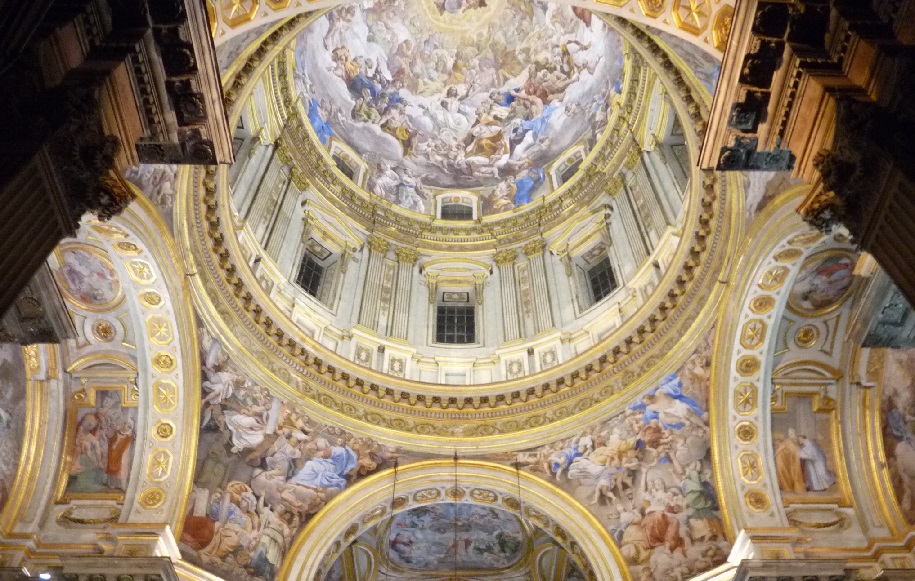 Chiesa Gesu' Nuovo . The Church of New Jesus is located just outside the western boundary of the historic center of the city in the square of the same name. The church was originally a palace built in 1470 for Roberto Sanseverino, Prince of Salerno. Construction of the church began in 1584. The new church retained the unusual facade, originally built for the palace, faced with rustic ashlar diamond projections.
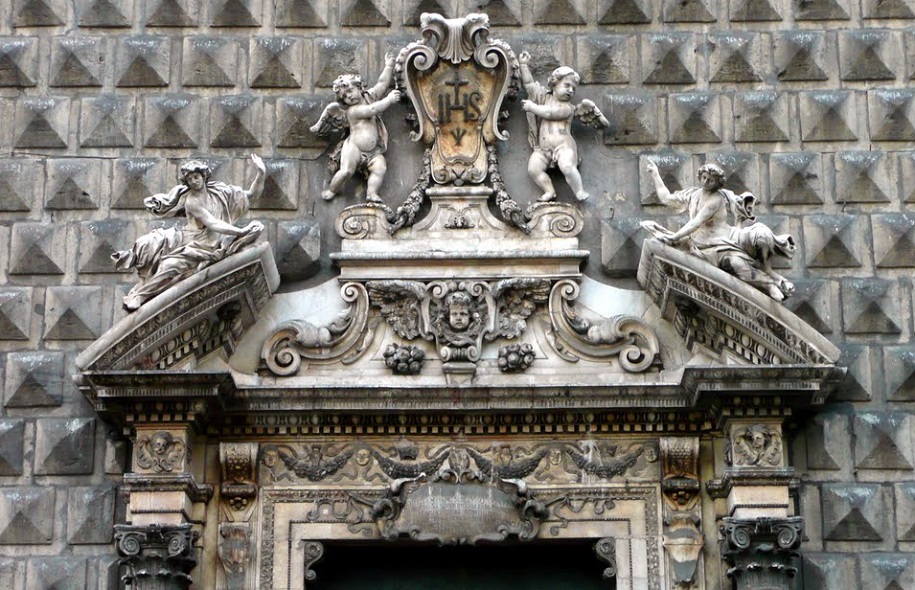 Surrounding the altar are three bronze bas-reliefs on a black marble base: on the left, The Supper at Emmaus (by Salvatore Irdi), on the right, The Promise of the Eucharist at Capernaum, and in the middle a reproduction of the Last Supper by Leonardo da Vinci. Above the altar, with didactic and historical symbols concerning the mystery of the Eucharist, are eight busts of saints who glorified the Eucharist. From left to right are medallions of Saints Juliana of Liège, Stanislaus Kostka, Thomas Aquinas, Francis Borgia, Gaetano Thiene, and the blessed Lanfranc of Canterbury.
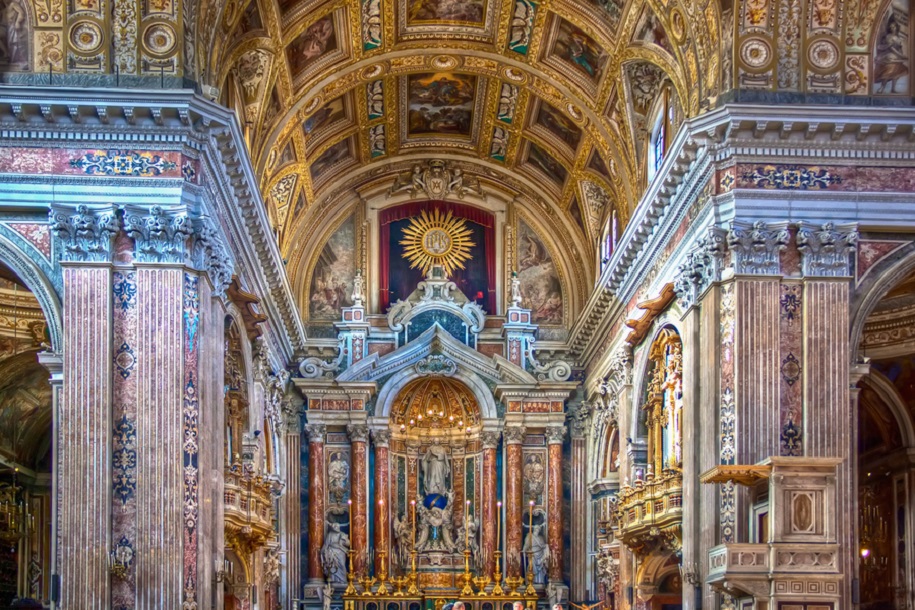 The Church of the Girolamini. The Church and Convent are located directly across from the Cathedral of Naples on via Duomo. The church was built on an earlier building known as the Palazzo Seripando. Archbishop Mario Carafa, had requested disciples from the order, and received the future cardinal Francesco Tarugi. Construction started in 1592 and completed in 1619. The church and complex take their name of Girolamini from that which was first applied to the priests of the Oratory and which is derived from the Church of San Girolamo della Carità in Rome, where St Philip Neri first established his religious exercises.
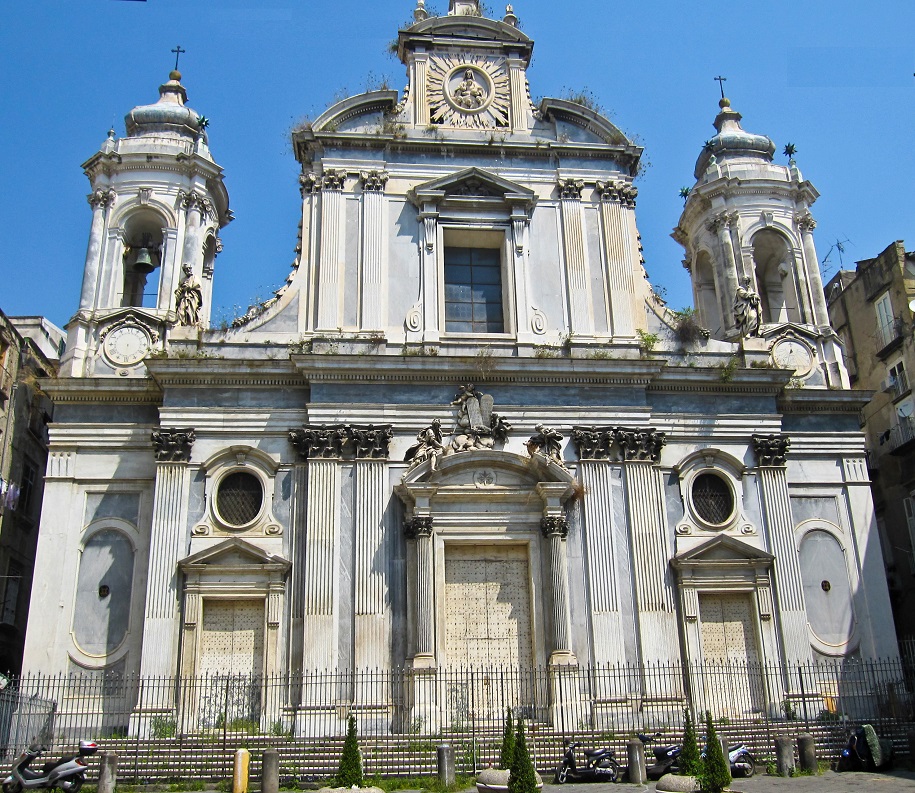 The Church and the convent gallery contain works by major artists. The lavish gilt ceiling was badly damaged during aerial bombardment in February 1944, but has been partially restored.
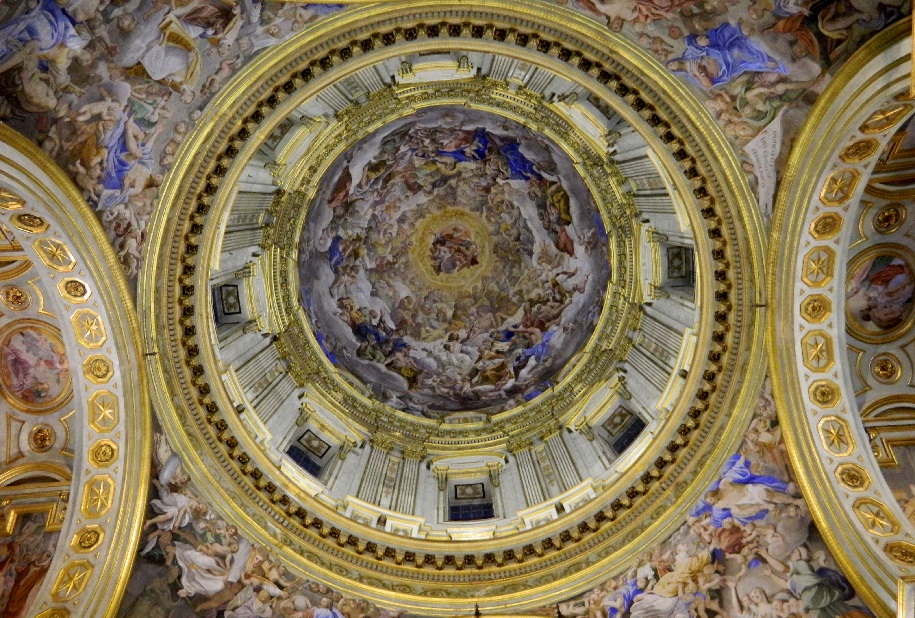 Palazzo dello Spagnolo . The Palace was erected during 1738 and is attributed to the architect Ferdinando Sanfelice. Through an indistinct façade one enters to an interior octagonal courtyard leads to a double ramp stairwell. The interior was richly stuccoed by Aniello Prezioso, using designs by Francesco Attanasio in 1742. The staircases with arches in shifting planes still grants an aura of complex scenography, despite its present cramped and dilapidated state: a grandiose entrance leading only to a decrepit palace.
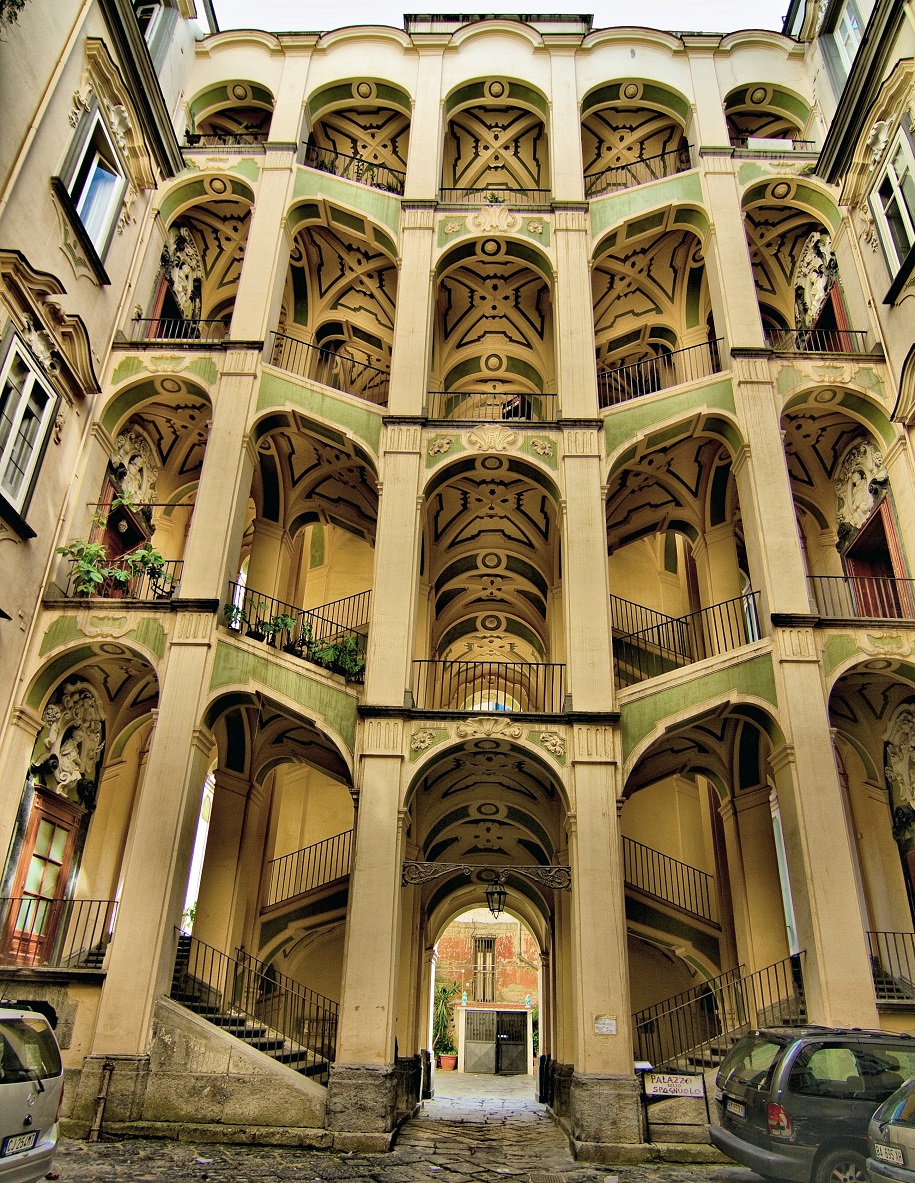 Royal Palace in Caserta - An example of baroque features. Construction of the sumptuous palace begun in 1752. The richly decorated interior is prefaced by several huge entrances and impressive staircases. The building was designed by Luigi Vanvitelli.
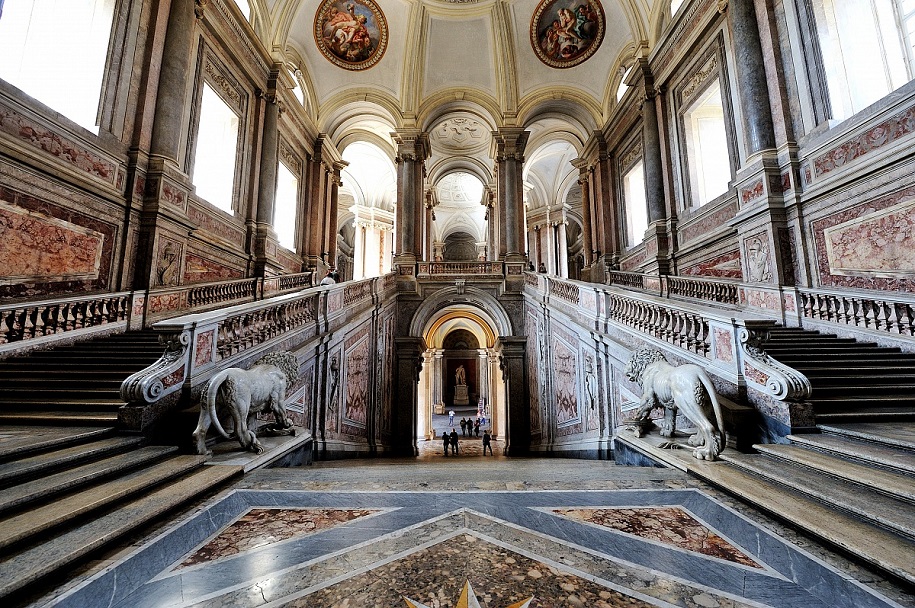 Puglia . 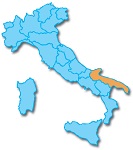 Basilica St. Nicoa , Bari. 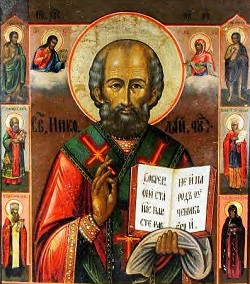 The Pontifical Basilica di San Nicola holds wide religious significance throughout Europe and the Christian world and is an important pilgrimage destination both for Roman Catholics and Orthodox Christians from Eastern Europe. The Pontifical Basilica di San Nicola holds wide religious significance throughout Europe and the Christian world and is an important pilgrimage destination both for Roman Catholics and Orthodox Christians from Eastern Europe.It was built between 1087 and 1197, during the Italo-Norman domination of Apulia, the area previously occupied by the Byzantine Catapan of which Bari was the seat. According to the justifying legend, the saint, passing by the city on his way to Rome, had chosen Bari as his burial place. There was great competition for the relics between Venice and Bari. The latter won, the relics were carried off under the noses of the lawful Greek custodians and their Muslim masters, and on May 9, 1087, were safely landed at Bari. A new church was built to shelter Nicholas' remains and Pope Urban II was present at the consecration of the crypt in 1089. The edifice was officially consecrated in 1197.
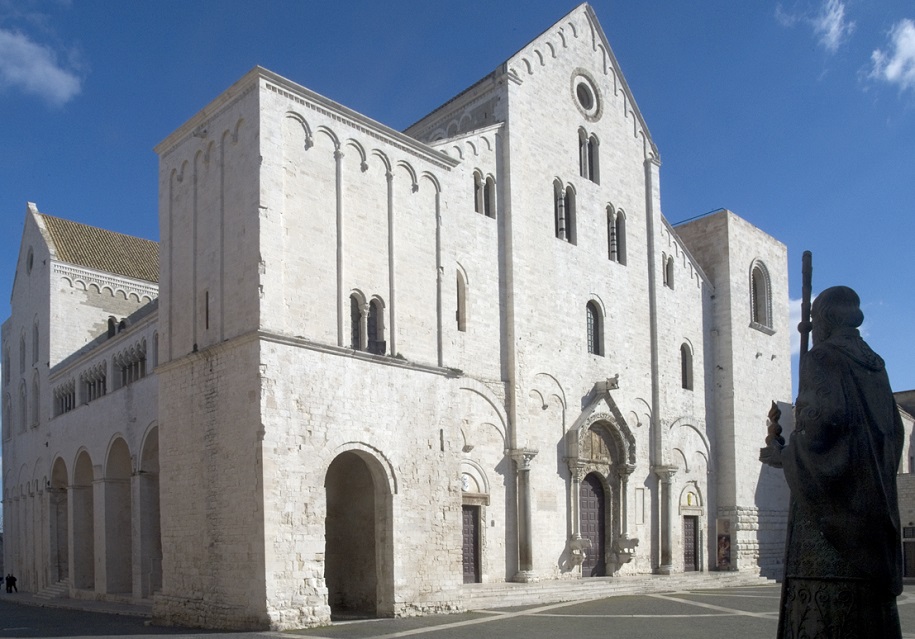 Its facade is flanked by by towers and divided vertically into three, reflecting the tripartite nature of its plan.
The interior has a nave and two aisles, divided by granite columns and pilasters. The presbytery is separated from the rest of the edifice by mean of three arches supported by columns of Byzantine influence. Above the aisles is the matronaeum, a tribune gallery for women, opening into the nave. The basilica was the first church of this design, setting a precedent which was later imitated in numerous other constructions in the region. 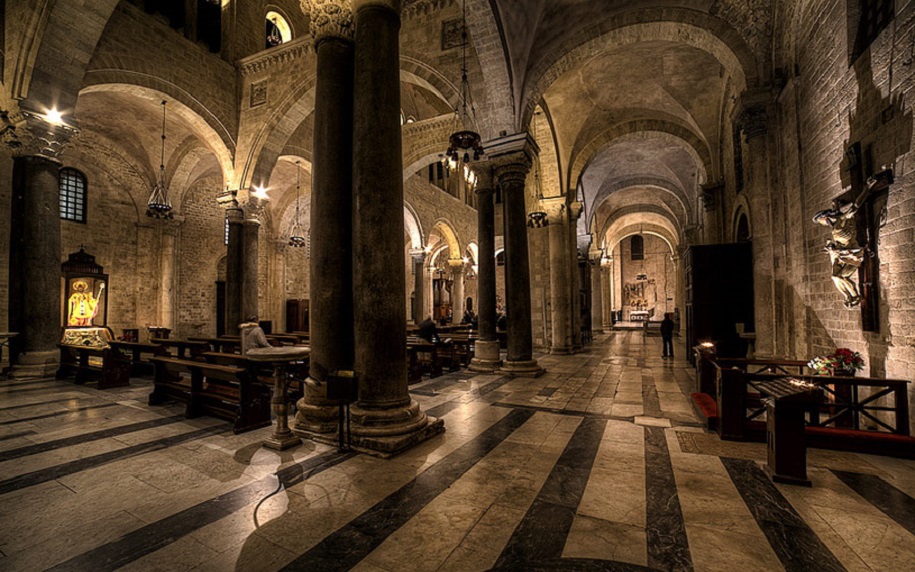 Cattedrale di Santa Maria Assunta - Troia . Built in the first quarter of the 12th century, it is reckoned a masterpiece of Apulian Romanesque architecture and is particularly noted for the rose window and the bronze doors of the west front. Formerly the seat of the Bishops of Troia, it is now a co-cathedral in the diocese of Lucera-Troia. The west front of the cathedral is richly decorated. The lower part was built as part of Bishop William's works that took place between 1107 and 1120; the upper part was redesigned about 100 years later, but was overhauled, while retaining the older work, from 1229.
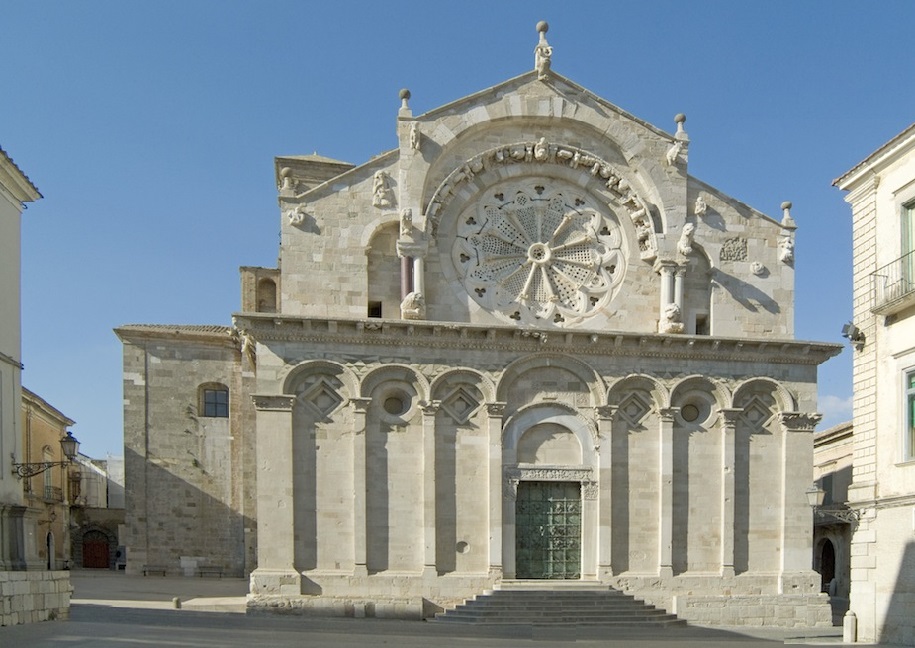 The rose window is famous as one of the most beautiful in Apulia.It consists of eleven slender columns assembled in a wheel, the spaces between them filled with decorative carved stone grilles (transenne), a very rare form of the rose window. Also remarkable are the carvings of the inner of the two arches overhanging the window, consisting of a multiplicity of animals and human forms, among them a boy relieving himself. These arches are supported by double columns on the backs of lions. 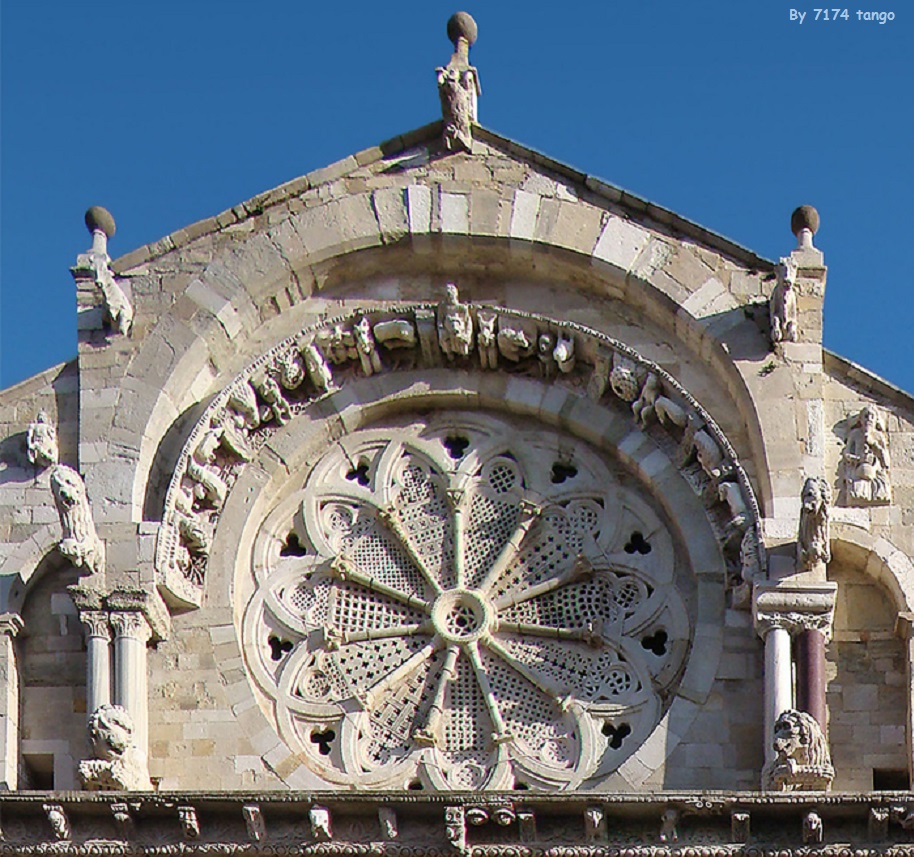   Lavora con noi - MADE IN SOUTH ITALY today. com, intende individuare operatori interessati a predisporre un’offerta di pacchetti turistici locali in coerenza con una strategia di sviluppo tesa a valorizzare le potenzialita' del propio territorio. Lavora con noi - MADE IN SOUTH ITALY today. com, intende individuare operatori interessati a predisporre un’offerta di pacchetti turistici locali in coerenza con una strategia di sviluppo tesa a valorizzare le potenzialita' del propio territorio.Are You a tourist guide? Do you organize tours to northern & southern Italy? If the thematic is based on culture, history and outdoor activities, we would love to talk to you.  La vetrina ideale per promuovere i vostri prodotti e servizi sul mercato Nord Americano ma che potrebbe essere un punto di visibilità anche nei vari mercati internazionali.
Where to stay
Where to eat
Excursions
Shopping
CERCASI ALLOGGI DI QUALITA'
B & B Farm House - Masserie / Agriturismo Hotel Resort Room for rent - Affittacamere Apartment for rent - Appartamenti Houses for rent - Case in affitto MAX : 5 ESERCIZI PER OGNI CATEGORIA x REGIONE Gastronomia Locale
Selezione di Ristoranti locali Trattorie - wine bar - osterie e pizzerie luoghi del gusto - spacci aziendali - locande ed enoteche Guide Turistiche - Accompagnatore Turistico
CONOSCENZA DELLA LINGUA INGLESE centri storici - aree archeologiche - musei, città d’arte . PRODOTTI LOCALI
SOUVENIR MADE IN ITALY AZIENDE - PRODUTTORI - STRUTTURE RICETTIVE - GUIDE TURISTICHE - TOUR OPERATORI
Ai nostri visitatori piace il Sud Italia, vuoi dire loro qualcosa? Il nostro obiettivo e' quello di promuovere prodotti tipici del Sud in un contesto di marketing globale, e allo stesso tempo proporre il nostro Meridione come alternativa turistica, ben consapevoli che il successo dell'uno è essenziale per il successo dell'altro. Paesi di provenienza dei visitatori in ordine numerico Stati Uniti - Canada - Italia - Gran Bretagna - Australia - China - Germania - Francia - Nuova Zelanda - Olanda Coloro interessati ad inserire la loro attivita'/azienda/ nel sito
|
||||||||||
